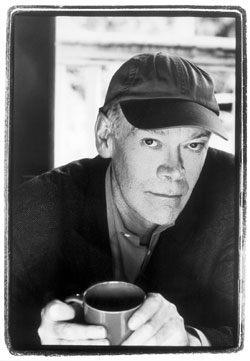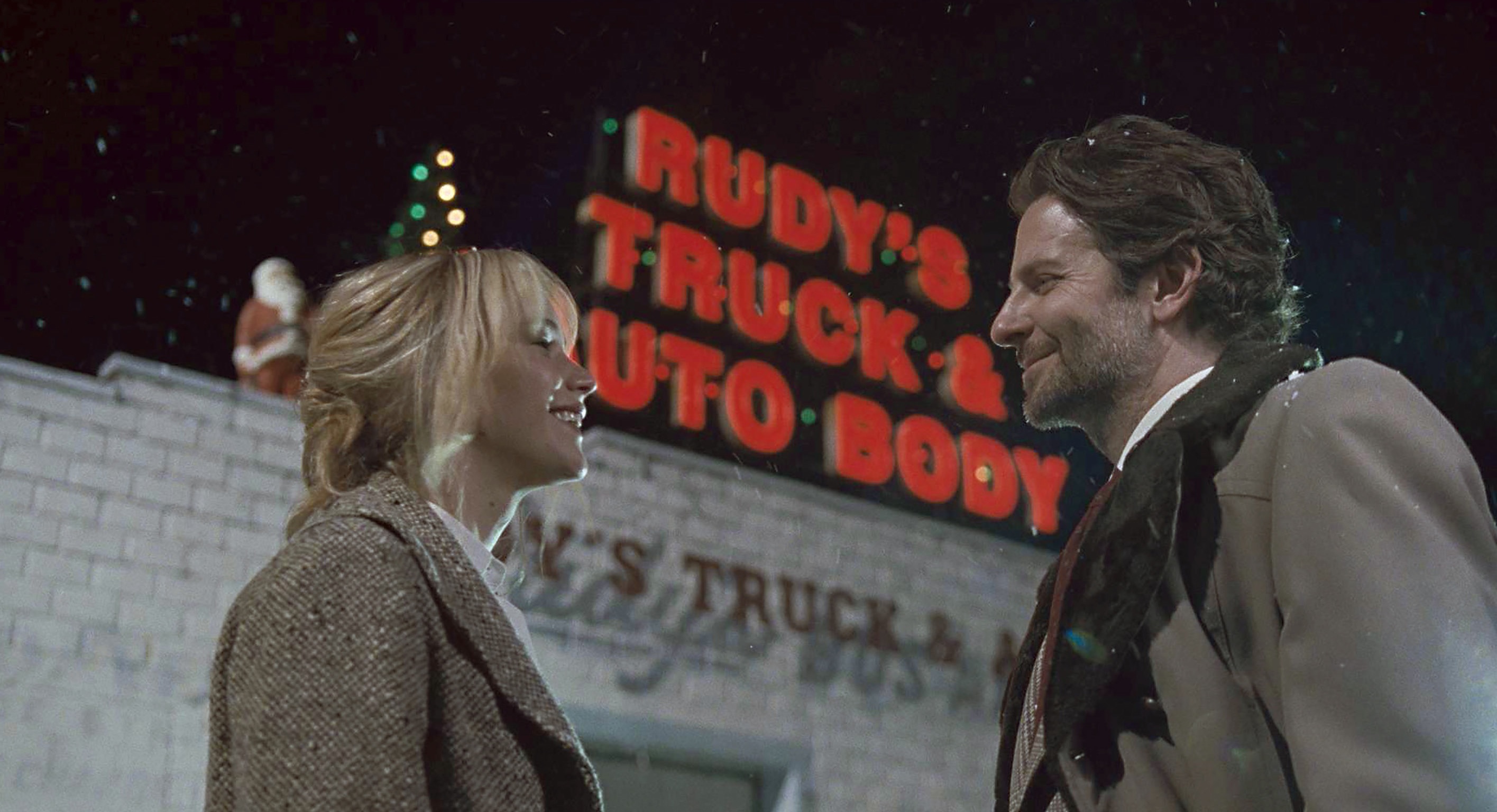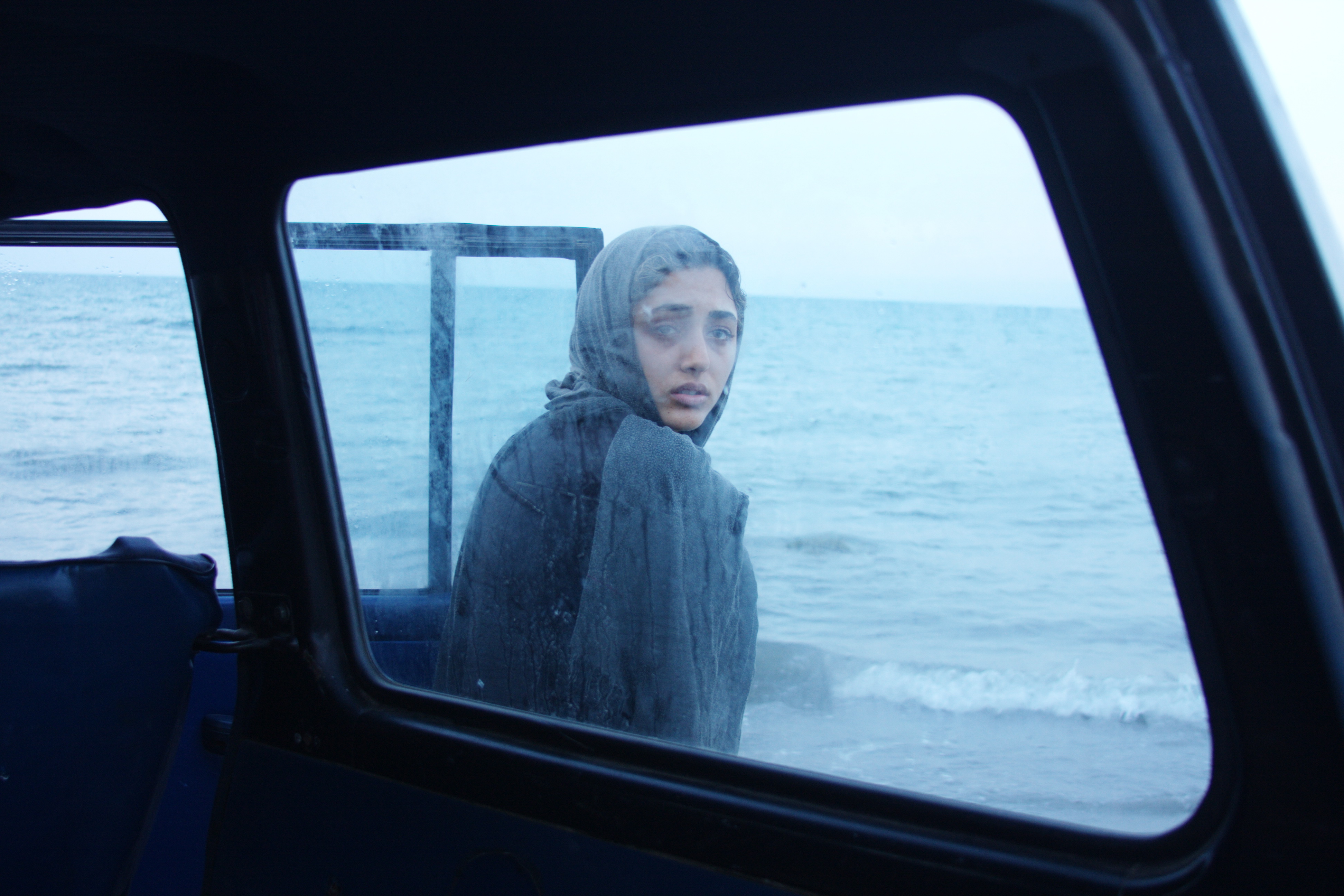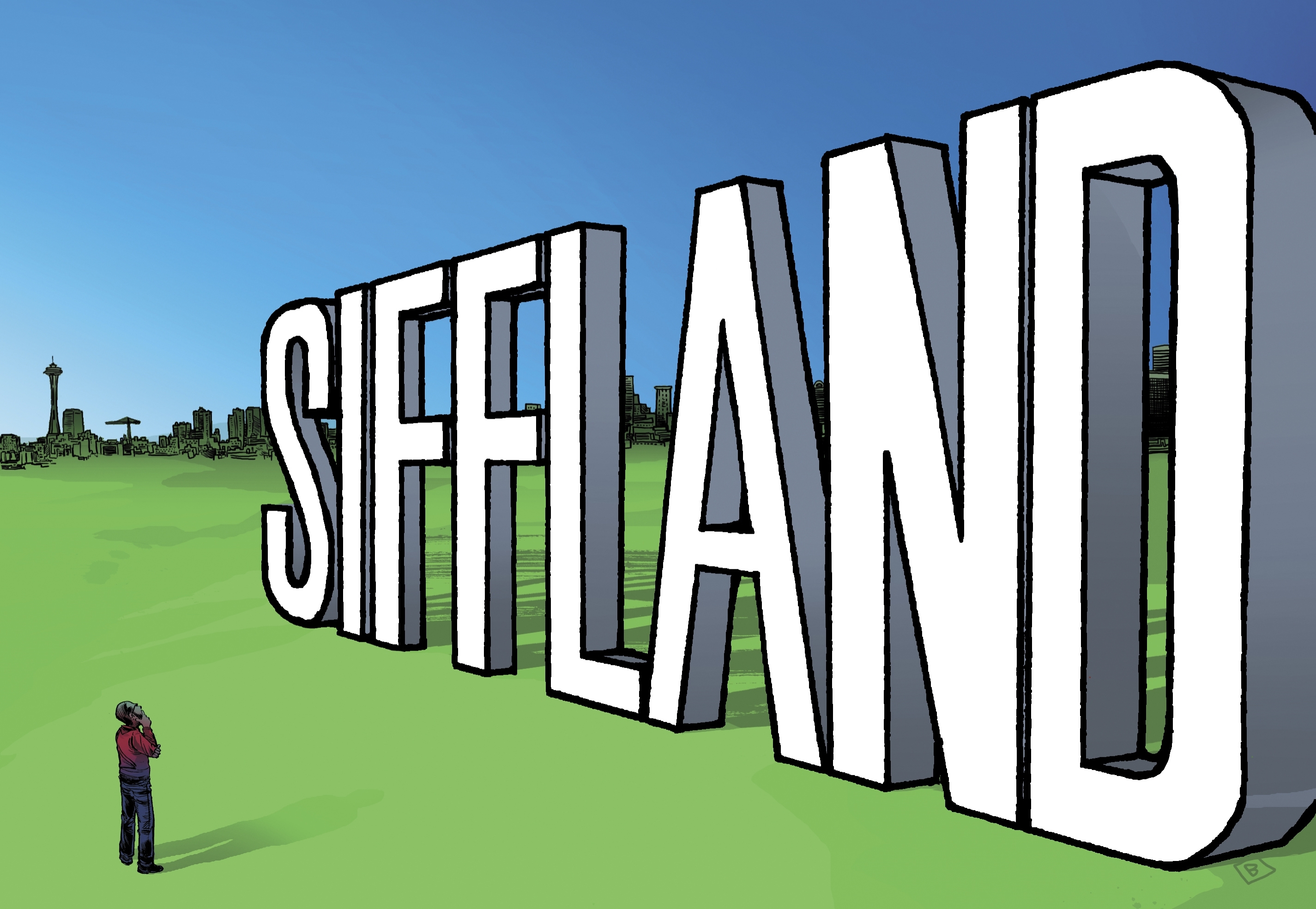OVER A FEW CUPS of good, strong coffee in his Queen Anne area home recently, English ex-pat author Jonathan Raban discussed his new novel, Waxwings, his first work of fiction since moving to the Northwest a dozen-odd years ago. Though the book is set here and is rife with references to Amazon, Belltown condos, and Eastside software parvenus, the first point Raban wants to make about the book is: “This is not a novel about Seattle. It’s not a novel about the dot-com boom. It’s not about either. It’s about something quite else.” So what, then?
As Raban explains, the notion that we were in an economic bubble had surfaced long before the bubble burst, and that ominous feeling was the original impetus for his novel. “I was struck by all those references to the Tulip Craze and the South Sea Bubble. Within the larger bubble of the New Economy, I had suddenly a sense of a whole bunch of characters living inside bubbles of their own.”
Among these characters in Waxwings are a hapless English academic, Tom Janeway, being divorced by his younger, more ambitious tech-sector wife. (More than one reader has seen the pair as thinly disguised versions of Raban and his ex.) Says Raban, “[Tom] is so completely bookish that the only way in which he can apprehend the world is through books; he’d only be able to see the dot-com thing in terms of Swift and Pope. His bubble sort of locks him off from the real world.” But the real world smashes through Tom’s front doorfirst with the divorce, then with his being named a suspect in a child-murder case.
Then there’s the Chinese immigrant who goes to work in Janeway’s house. He is perhaps the most classically American figure in the booka striver, a handyman, a social climber who soon picks up functional business English and street smarts, then adopts the name “Chick.” Says Raban, “Chick has absolutely no designs on the dot-com economy, except insofar as it creates this vacuum for manual labor. He may be the one character who is a kind of realist in the way that nobody else is in the book.”
THE TWO IMMIGRANTS, Tom and Chick, have parallel stories informed by Seattle’s port-town history. “I’ve always been terribly interested in the relationship between character and geography,” Raban explains. “Seattle largely consists of outsiders. Seattle is the city where everybody comes from somewhere else. No city can be parochial, or entirely parochial, which has this cosmopolitan immigration in wave after wave after wave.” As he notes, those waves include the early 19th-century timber boom, the subsequent Alaskan gold rush, the growth of Boeing in the 1940s, then the recent high-tech explosioneach of which could be called a bubble.
Since every bubble carries the promise of its own end, Waxwings as a novel grew “more and more foreboding by the minute,” says Raban. Then came the March 2000 Nasdaq crash, Bush’s Florida electoral theft, 9/11, Ashcroft’s subsequent Patriot Act, and the war with Iraq, and the book took on a deepening pessimism.
Raban says his next two novels, also set in the Northwest, will further explore the connection between geography and character. “Number two is coastal, between Seattle and Whidbey Island, [addressing] the split between urban paranoia [about a] terrorist attack and the relative safety of this house in the country. [It] takes place in a Seattle that has become part of a security state, set in a rather indefinite present where, for instance, the container port is surrounded by razor wire and Humvees, and there are roadblocks on I-5 and endless checks and guards on the ferries. The National Guard is constantly present.”
Sounds like Ashcroft’s Seattle, though Raban insists it won’t be a political novel. Yet, he adds, “I fear events may actually overtake the setting.”
Jonathan Raban will read at Queen Anne Ave. Books (1629 Queen Anne Ave. N., 206-283-5624), 5 p.m. Sun., Oct. 5; and at Elliott Bay Book Co. (101 S. Main St., 206-624-6600), 7:30 p.m. Mon., Oct. 6.








